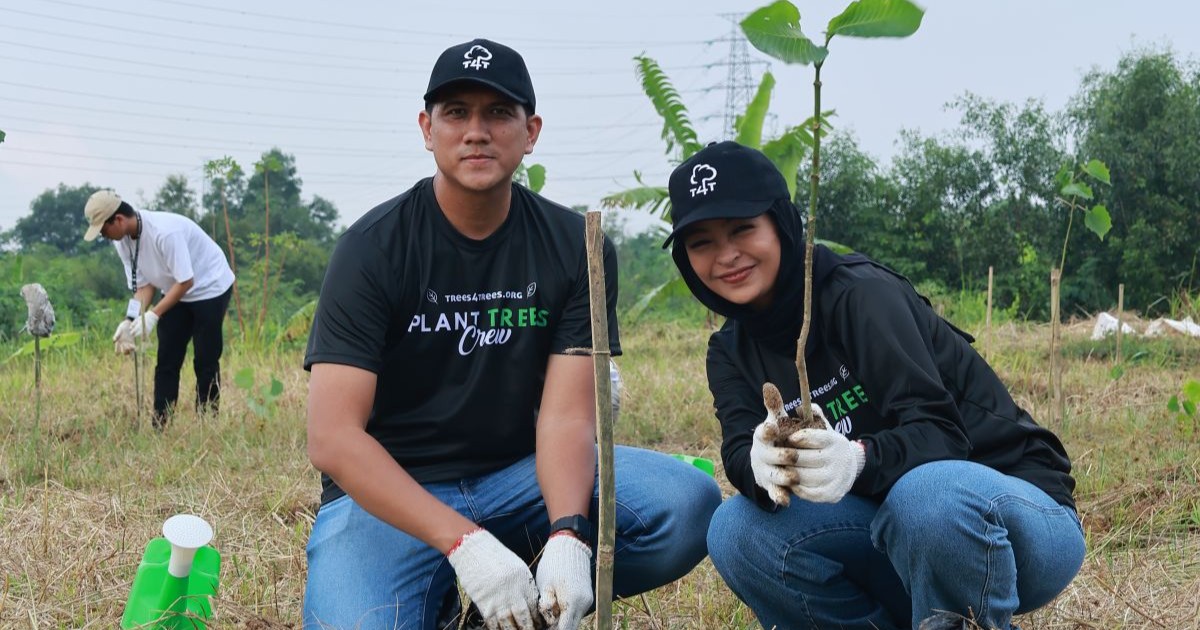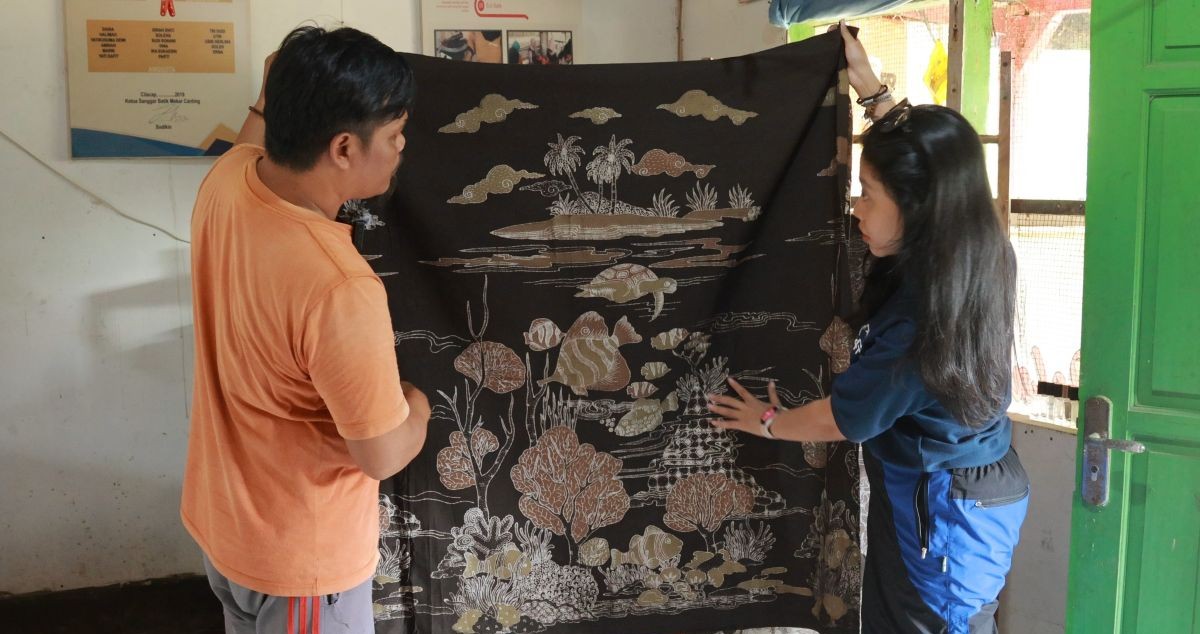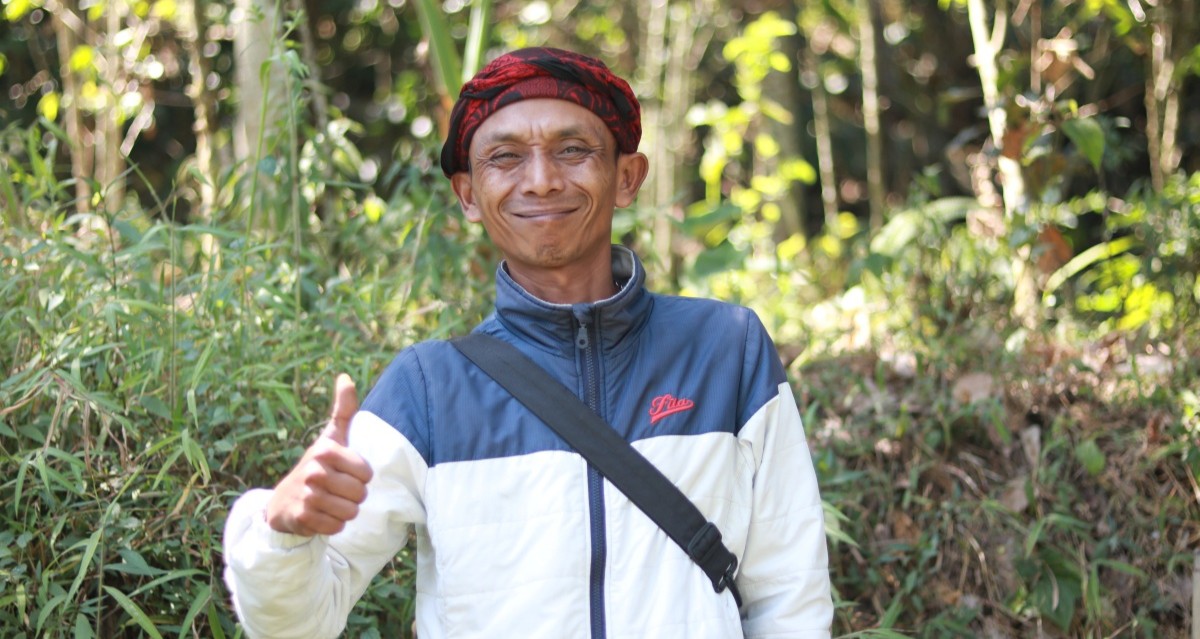
All around the world, temperatures are soaring, and extreme weather events are becoming more common. This October in Indonesia, where our tree planting efforts are based, cities like Semarang and Jakarta have been sweltering in the highest temperatures seen in the last 30 years.
This hot weather is partly due to El Niño, a seasonal warming that happens naturally in parts of the Pacific and impacts weather systems around the world. But the driving force of the extreme heat is climate change caused by human activity.
So what are the impacts of these changes on the planet and its life support systems? Is anything being done to reverse the damage? And how can each of us play our part in cooling the climate?
In this article, we’ll provide answers to these burning questions.

Breaking all the wrong records in global temperatures
A recent study in the Nature Reviews Earth and Environment Journal revealed that, from January to September 2023, we experienced the warmest global temperatures in recorded history, surpassing the previous record set in 2016.
As if that wasn’t bad enough, last month was the hottest September on record;, an unprecedented anomaly in history, when ocean temperatures went through the roof. September was a scorcher, but October and November are already hot on its heels.
As global warming intensifies, natural climate events, like El Niño are becoming more frequent and more intense. Scientists agree that the biggest driver is human-induced climate change, mostly from emissions of greenhouse gases.
We set this change in motion, so it’s up to us to stop the global temperature rising. But what can be done?

Be part of the solution, not part of the problem
When facing a problem as big as Earth temperature, it’s easy to feel overwhelmed. Maybe even powerless. But there’s plenty each of us can do to turn down the heat. Even the smallest changes, when multiplied enough times, can add up to a massive difference.
Every time you get in the car, every time you shop online, or even turn on a light switch, your choices have a cost in terms of energy and fuel. This is also known as your carbon footprint – the amount of carbon emitted into the atmosphere as a result of your actions and decisions.
Here are five steps you can take to reduce your carbon footprint and help combat climate change:
- Buy local and shift to a plant-based diet.
- Use public transport, cycle, and walk
- Cut down your electricity consumption at home
- Embrace a slow fashion approach
- Join nature restoration activities in your area
From the food we eat to the clothes we wear and the ways we get around, there’s so many ways to reduce energy consumption and lower our environmental impact. Don’t give in to apathy! Take charge of your own environment and be the change you seek.
Read also: A Breath of Fresh Air: Tackling Jakarta Pollution
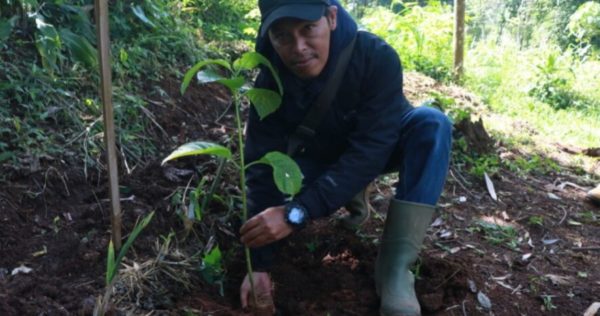
Climate action: Planting seeds of positive change
Want to impact the environment on a bigger scale? The best thing we can do is plant trees. And lots of them. Trees can suck harmful greenhouse gases out of the atmosphere, while also storing carbon and producing healthy oxygen.
But that’s not all – trees have been proven to help prevent floods, erosion, and drought. They provide habitats for animals, shade for new growth, and beauty in the background of our lives on this green planet.
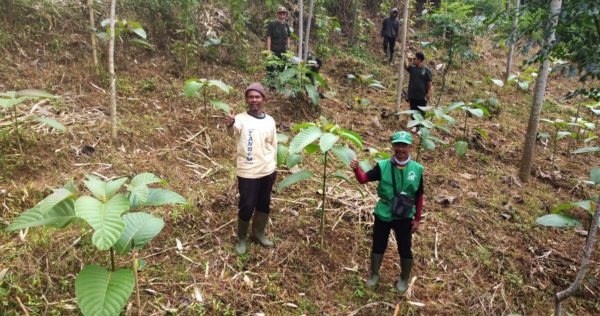
Read more: Trees That Absorb the Most Carbon Dioxide
In the tropics, where the sun shines all year round, trees feel right at home. And this green belt around the belly of our planet could be the key to combating climate change. Scientists certainly seem to think so. Recent research has found the following benefits to planting trees in the tropics compared to other areas:
- Tropical trees grow faster and absorb more carbon emissions .
- They also sequester up to four times more carbon
- Rainforests are biodiversity hotspots, sheltering endangered species
- Tropical plants and trees can provide us with food and medicine
- The tropics are home to the world’s largest mangrove forests, which absorb a huge amount of carbon
For so many reasons, planting trees in the tropics is a good idea. Located right on the equator, Indonesia is home to the world’s third-largest rainforest. And Trees4Trees is helping to spread the life-giving benefits of trees elsewhere in the archipelago.
We’re taking climate action, planting trees to mitigate the catastrophic effects of climate change and helping lower global temperatures.
Want to do your part? Join us on our replanting journey, and help Indonesia stay green. Learn more at trees4trees.org.
Writer: V. Arnila Wulandani. Editor: Christopher Alexander


